Progress in the Application of Mathematical Algorithms in Materials Science
DOI: 10.23977/jmpd.2023.070105 | Downloads: 15 | Views: 1556
Author(s)
Fangchun Li 1
Affiliation(s)
1 Beijing National Day School, Beijing, 100080, China
Corresponding Author
Fangchun LiABSTRACT
As materials are the direct drive for scientific development and social progress, the research on their structure and properties has always been a research hotspot in materials science. At present, the discovery of new materials is mainly carried out by the researcher's intuitive judgment of materials and a large number of "trial and error" experiments, which is inefficient and difficult to effectively discover a large number of possible new material combinations. Materials science has long relied on two major means of experiment and calculation. The machine learning-based mathematical algorithms offers a new research method. This article systematically expounds the common mathematical algorithms and the basic processes of their calculation methods, details the application of mathematical algorithms in material performance prediction and new material design, and gives a summarization and outlook of the challenges and application prospects concerning their application in materials science.
KEYWORDS
Mathematical algorithms; performance prediction; new material design; materials scienceCITE THIS PAPER
Fangchun Li, Progress in the Application of Mathematical Algorithms in Materials Science. Journal of Materials, Processing and Design (2023) Vol. 7: 26-31. DOI: http://dx.doi.org/10.23977/jmpd.2023.070105.
REFERENCES
[1] Hatakeyama Sato Kan, Umeki Momoka, Adachi Hiroki, Kuwata Naoaki, Hasegawa Gen, Oyaizu Kenichi. Exploration of organic superionic glassy conductors by process and materials informatics with lossless graph database [J]. npj Computational Materials,2022,8(1).
[2] Jaxk Reeves. Introduction to Linear Regression Analysis [J]. Journal of Quality Technology,1994,26(1).
[3] Anish Kumar J., Jothi Swaroopan N. M., Shanker N. R. Induction motor's rotor slot variation measurement using logistic regression [J]. Automatika,2022,63(2).
[4] Amonkar Yash,Farnham David J.,Lall Upmanu. A k-nearest neighbor space-time simulator with applications to large-scale wind and solar power modeling [J]. Patterns,2022,3(3).
[5] Francis Fuller Bbosa,Ronald Wesonga,Peter Nabende,Josephine Nabukenya. A Modified Decision Tree and its Application to Assess Variable Importance[C]//.Proceedings of 2021 4th International Conference on Data Science and Information Technology (DSIT 2021).,2021:479-486.DOI:10.26914/c.cnkihy.2021.032927.
[6] Xi Wang, Liu Yida, Song Jinlin, Hu Run, Luo Xiaobing. High-throughput screening of a high-Q mid-infrared Tamm emitter by material informatics.[J]. Optics letters,2021,46(4).
[7] Debojyoti Nath, Fouran Singh, Ratan Das. Band gap engineering of cadmium selenide nanocrystals using 120 MeV Ag 7+ swift heavy ions, alongside theoretical evidence through PBE+U analysis [J]. Journal of Alloys and Compounds, 2020, 836(C).
[8] Jiameng Xu, Xianqiong Zhong, Mengyu Sun, Qili Chen, Zikang Zeng, Yingsen Chen, Ke Cheng. Two-Photon Fluorescence Study of Olive Oils at Different Excitation Wavelengths [J]. Journal of Fluorescence, 2021, 31(2).
[9] Dou Z.X., Li Y.L., Lv K., Wang T., Li F.S.,Hui X.D.. Improving the glass formation ability and magnetic properties by Nb in Fe-Si-B-P-Cu-Nb nanocrystalline alloys [J]. Materials Science & Engineering B, 2021, 264.
[10] Ali Mansouri. Shear Strength of Concrete-Filled Steel Tubes Based on Experimental Results [J]. Journal of Structural Engineering, 2020, 146(6).
| Downloads: | 4140 |
|---|---|
| Visits: | 263155 |
Sponsors, Associates, and Links
-
Forging and Forming

-
Composites and Nano Engineering
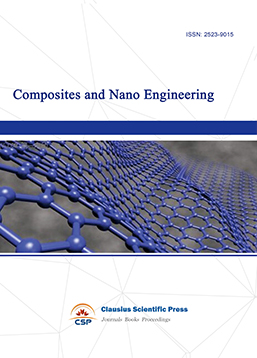
-
Metallic foams
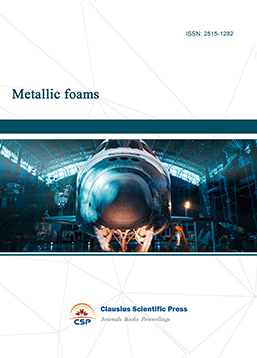
-
Smart Structures, Materials and Systems

-
Chemistry and Physics of Polymers
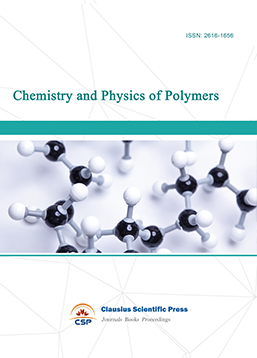
-
Analytical Chemistry: A Journal
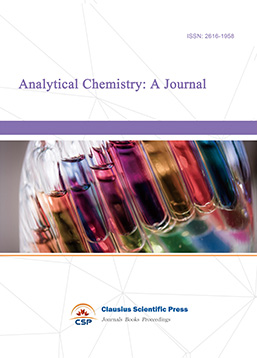
-
Modern Physical Chemistry Research
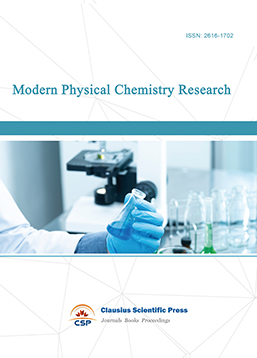
-
Inorganic Chemistry: A Journal

-
Organic Chemistry: A Journal
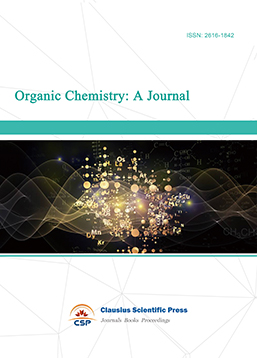
-
Progress in Materials Chemistry and Physics

-
Transactions on Industrial Catalysis
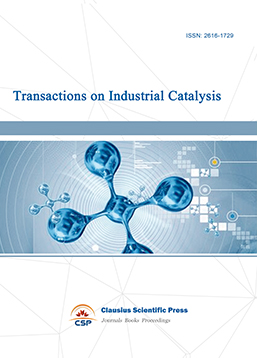
-
Fuels and Combustion

-
Casting, Welding and Solidification
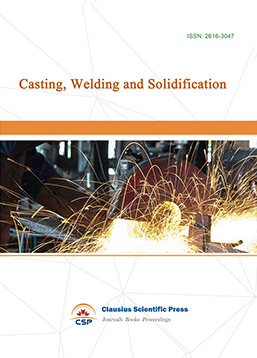
-
Journal of Membrane Technology
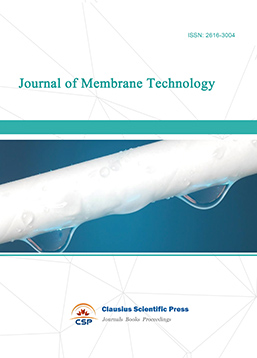
-
Journal of Heat Treatment and Surface Engineering
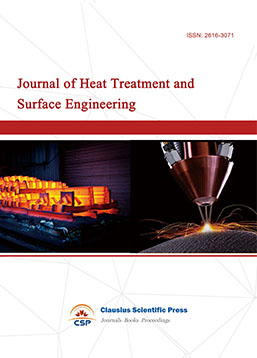
-
Trends in Biochemical Engineering

-
Ceramic and Glass Technology

-
Transactions on Metals and Alloys
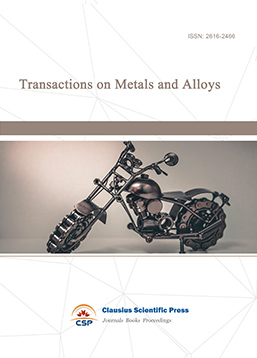
-
High Performance Structures and Materials
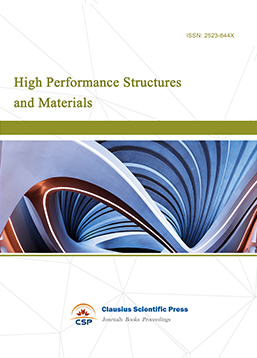
-
Rheology Letters

-
Plasticity Frontiers

-
Corrosion and Wear of Materials

-
Fluids, Heat and Mass Transfer

-
International Journal of Geochemistry
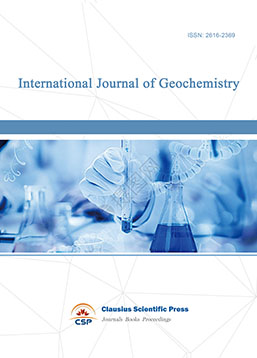
-
Diamond and Carbon Materials
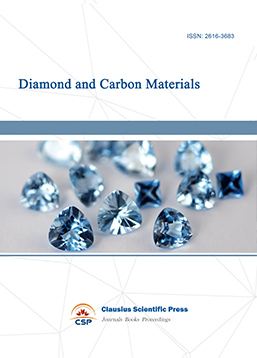
-
Advances in Magnetism and Magnetic Materials
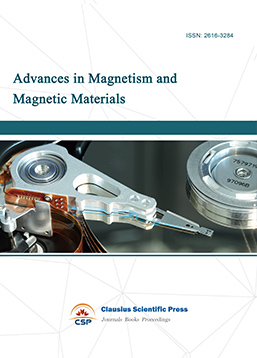
-
Advances in Fuel Cell

-
Journal of Biomaterials and Biomechanics
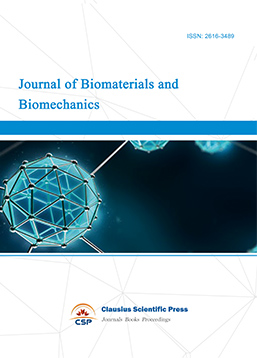

 Download as PDF
Download as PDF